Microeconomics Assignment: Demand, Supply and Apple Market Analysis
VerifiedAdded on 2021/11/08
|6
|461
|90
Homework Assignment
AI Summary
This microeconomics assignment examines the concepts of demand and supply, market equilibrium, and consumer/producer surplus. The assignment begins by calculating the equilibrium price and quantity using given demand and supply equations. It then calculates consumer and producer surpluses. The second part of the assignment presents a case study of the apple market, analyzing the stepped supply curve and determining producer surplus at different price points. The assignment provides detailed calculations and explanations of the concepts discussed, offering a comprehensive analysis of market dynamics. This assignment is contributed to Desklib, a platform providing AI-based study tools for students.
1 out of 6
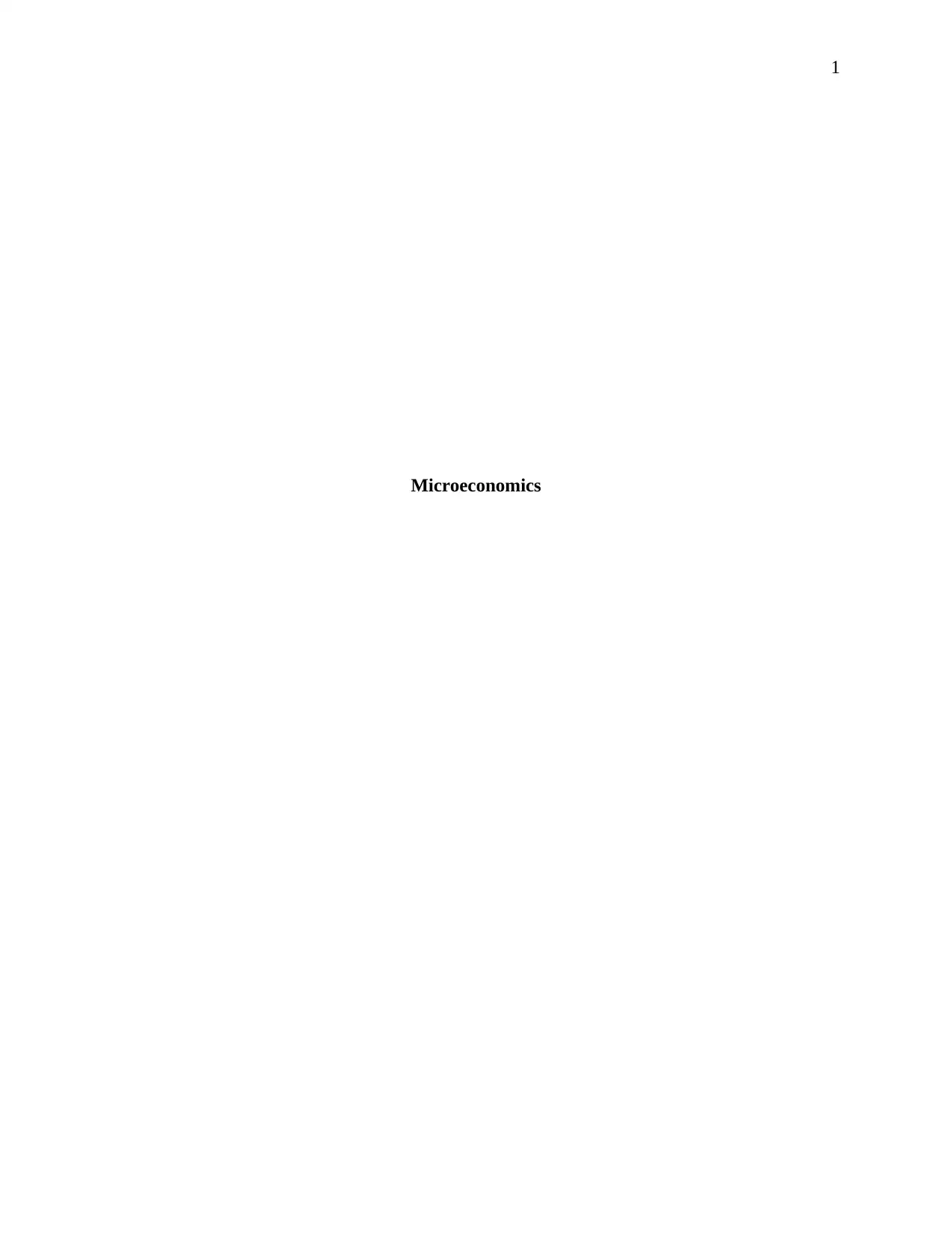
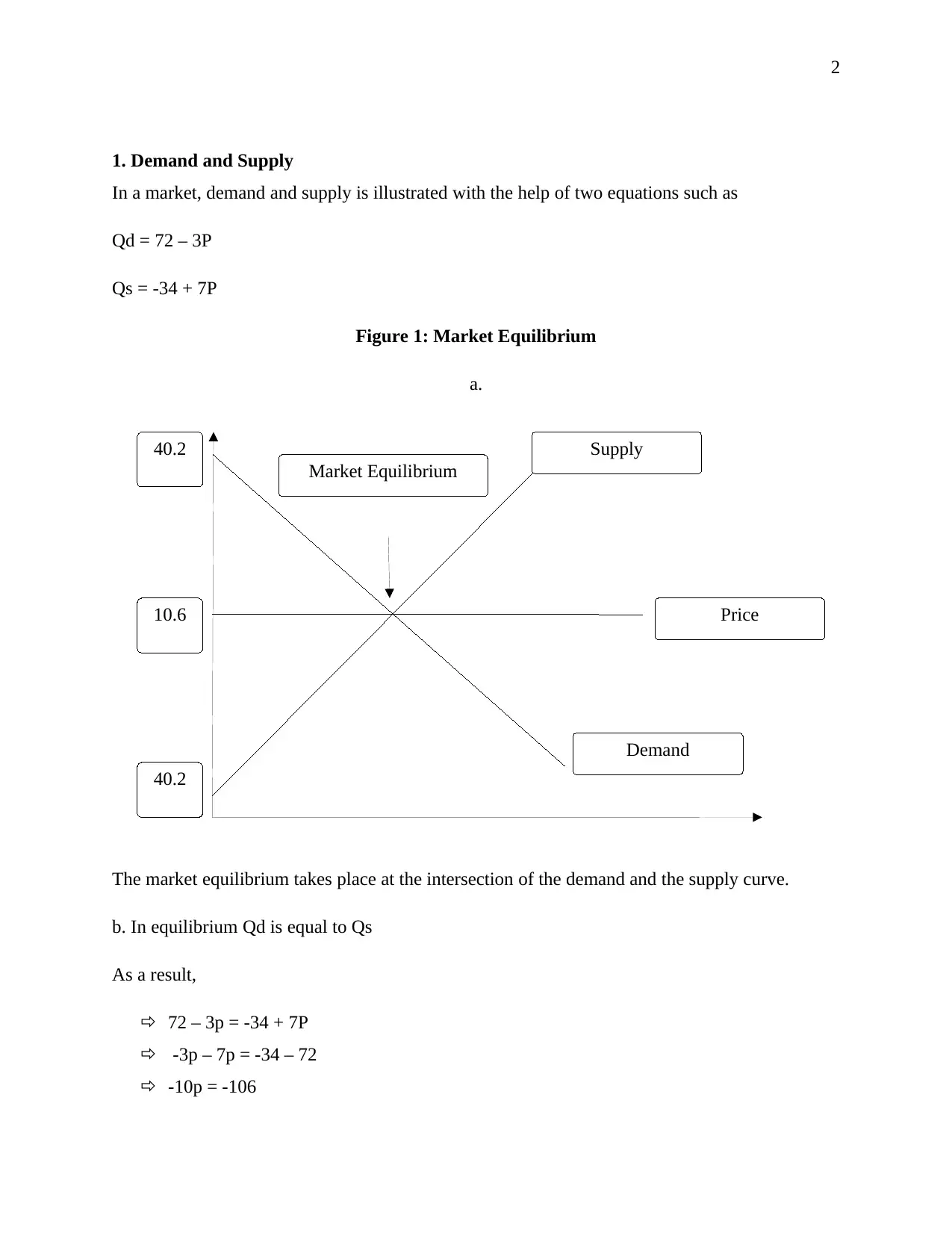
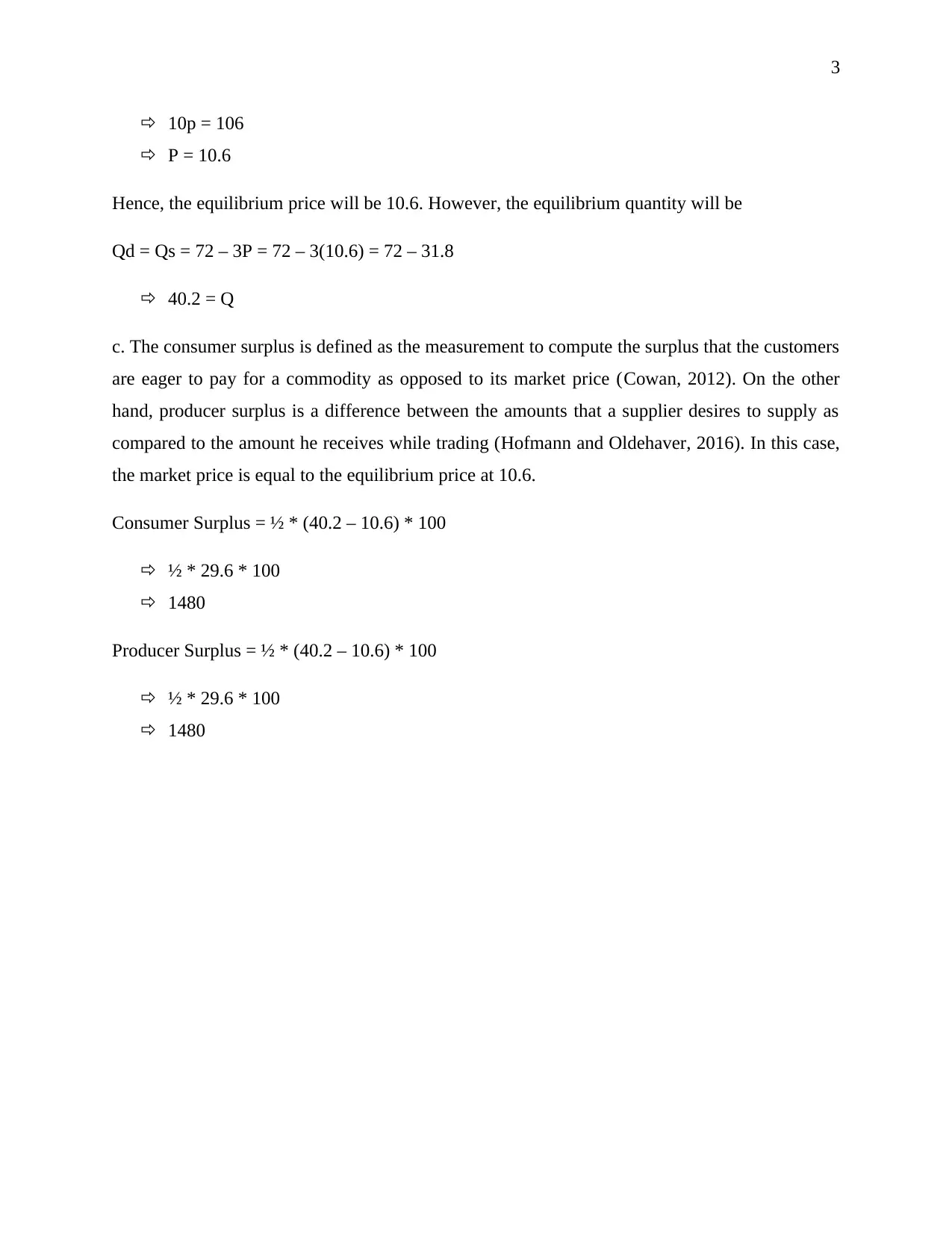

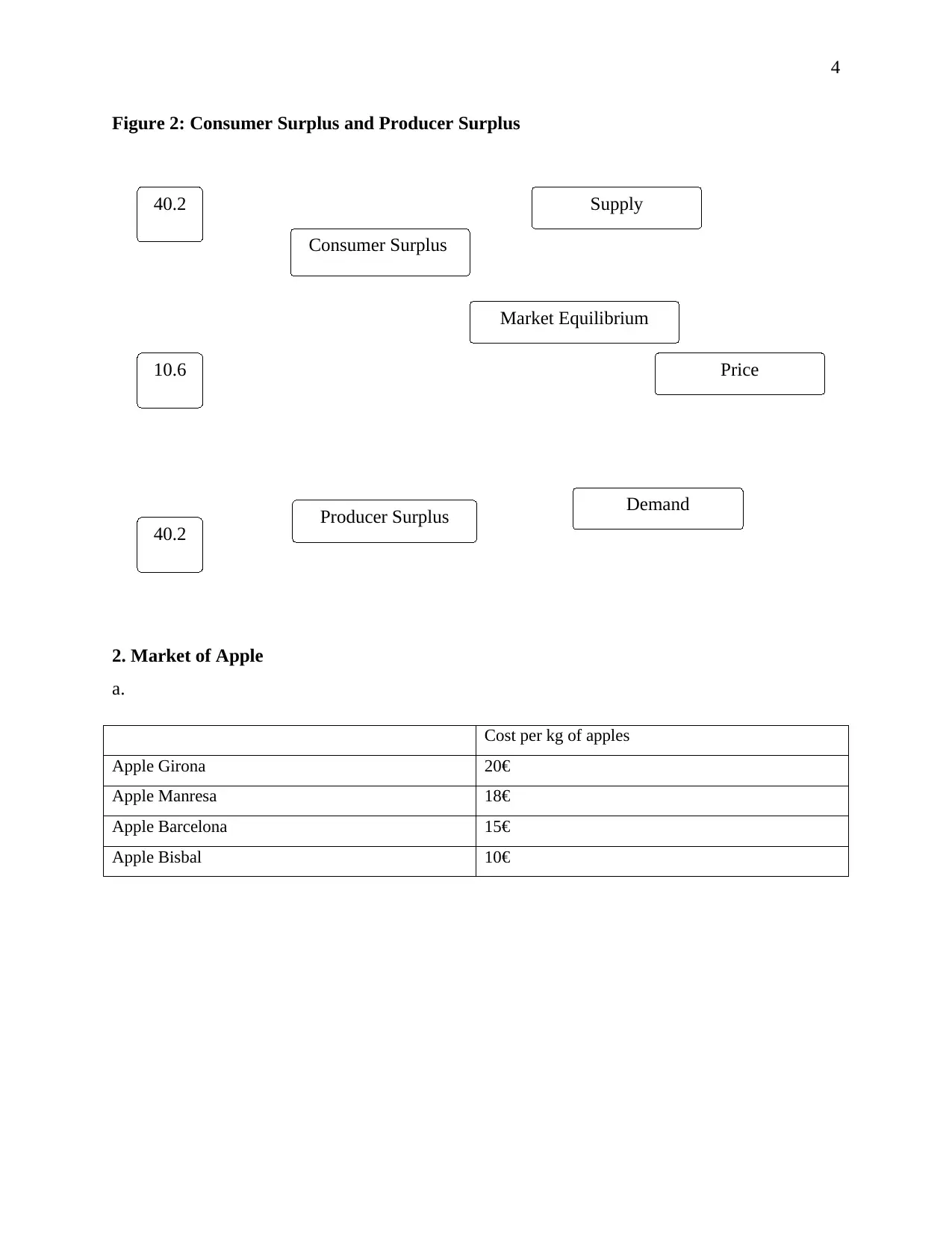
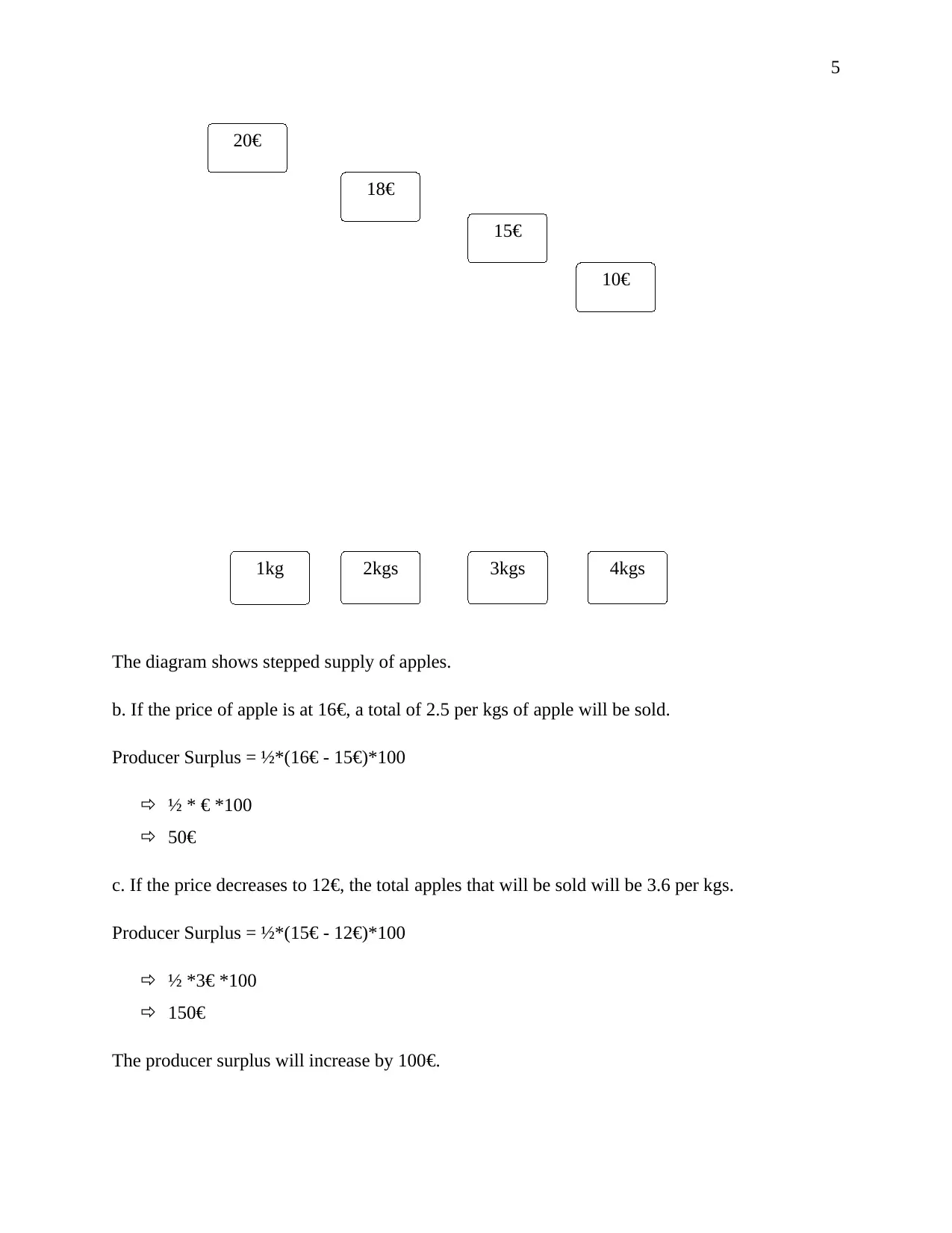
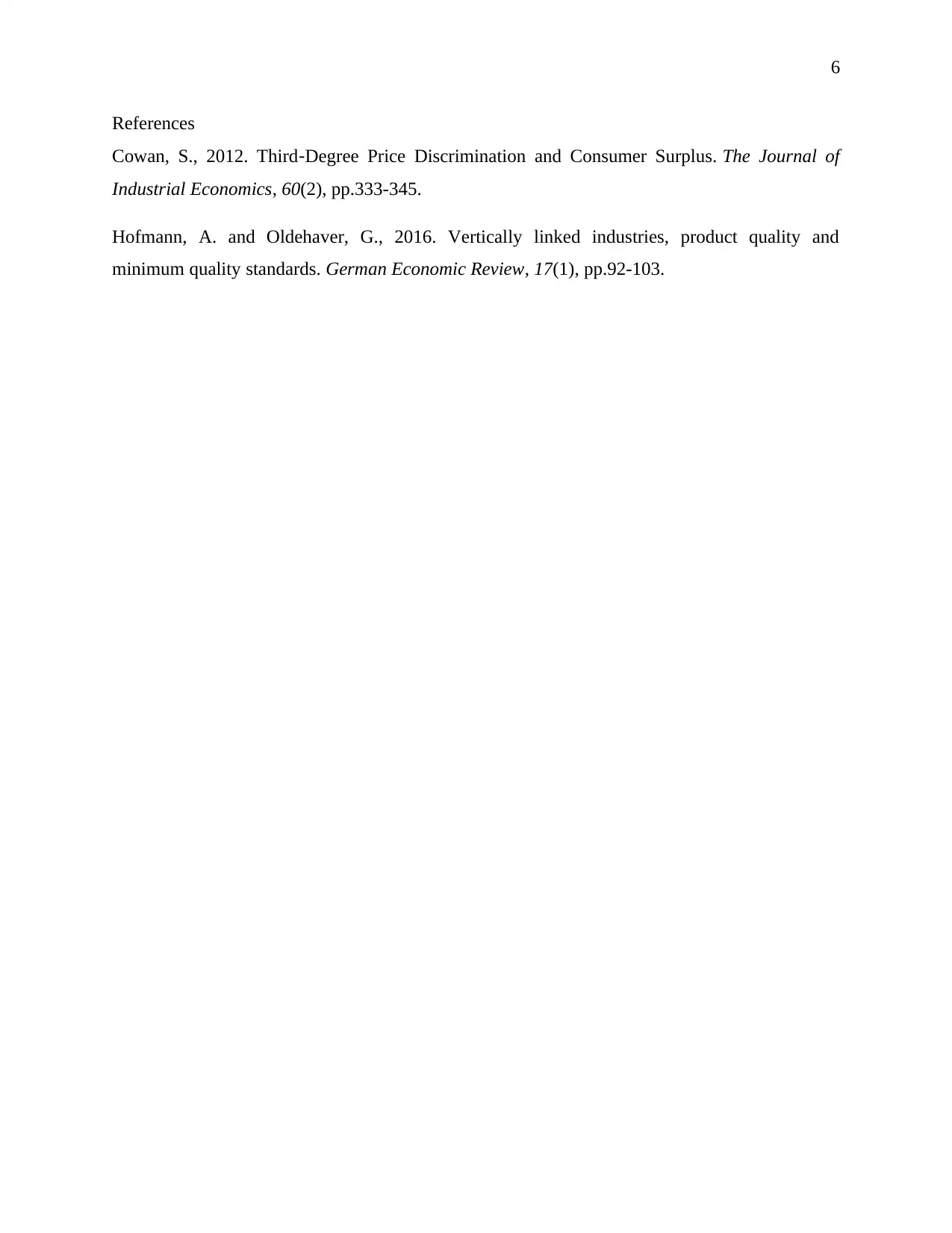


![[object Object]](/_next/static/media/star-bottom.7253800d.svg)